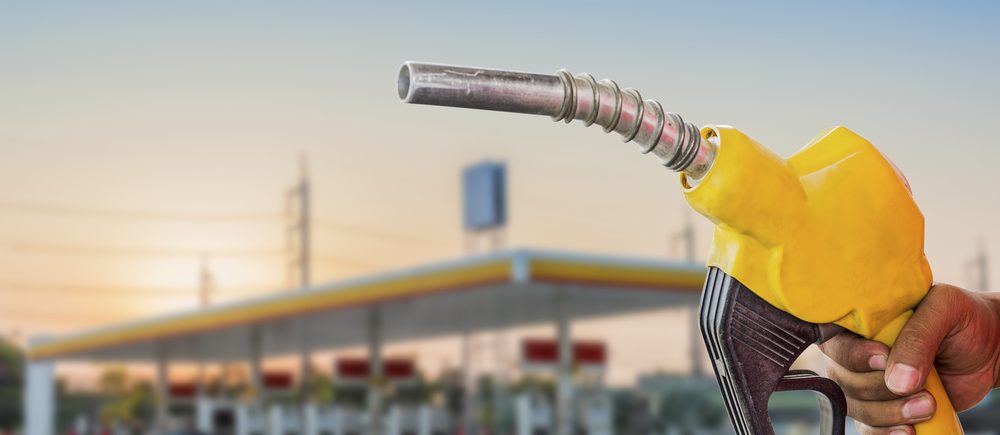With exports of petroleum products increasing between 2010 and 2022, the United States has emerged as a major energy supplier in the midst of Russia’s conflict in Ukraine, and the Energy Information Administration (EIA) anticipates this trend to continue.
The average US petroleum product exports increased by 7% to 5.97 million b/d from 5.57 million b/d in 2021 during the recent year of significant global energy rebalancing.
According to EIA researchers, “the high volume of US petroleum product exports in 2022 also reflected longer-term growth tendencies.”
The European Union was prohibited from importing Russian crude oil starting in December of last year, and imports of petroleum products into the EU started last month, according to the EIA.
By volume, propane surpassed all other US exports in 2022, increasing by 4% from the previous year. NGLs—other natural gas liquids—increased by 3% on an annual basis.
The majority of US exports of propane and other NGLs currently go to the Asia-Pacific area. More over half of all domestic propane exports originate from this area. At 384,000 b/d, Japan took in the most US propane shipments last year. As has been the case in the past, Mexico remained the top country to which US petroleum products were exported.
With 1.26 million b/d in 2022, US distillate fuel oil exports were still below the pre-pandemic level in 2019. The US exported 1.31 million b/d on average in 2019. Nonetheless, distillate fuel oil exports increased substantially from 2021 to 2022 by 18%, which significantly boosted the export of petroleum products.
For the week ending March 10, US distillate exports were 1.21 million b/d on average, down from 1.42 million b/d in the same week last year. While most distillate fuel oil exports landed in Latin America, “exports to Europe noticeably increased,” EIA said.
In its most recent Short-Term Energy Outlook, the EIA highlighted that Russia was a significant distillate supplier to Europe (STEO). Distillate fuel margins have remained substantially above five-year norms despite changes in distillate trade flows as Europe cut its imports of distillate from Russia in recent months, according to researchers.
But, the agency predicts that as oil stockpiles rise globally, crude oil prices will decline in the second half of this year.
While the United States has grown to be a major supplier to Europe, its distillate inventories have decreased. It also has driven diesel prices higher globally, EIA noted in the STEO.
The organisation also mentioned that the US gasoline inventories may drop by 9 million bbl in March due to many postponed refinery maintenance projects that are anticipated. EIA predicts that the United States may have 10 million bbl more in stock after refineries finish their scheduled maintenance in June as anticipated.
As summer approaches, “slight gasoline inventory gains and a minor drop in gasoline crack spreads” could result from increased refining, according to the EIA, which would balance out seasonal increases in demand.

 Noor Trends News, Technical Analysis, Educational Tools and Recommendations
Noor Trends News, Technical Analysis, Educational Tools and Recommendations




